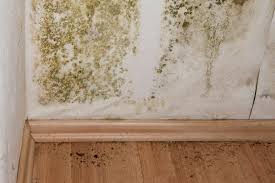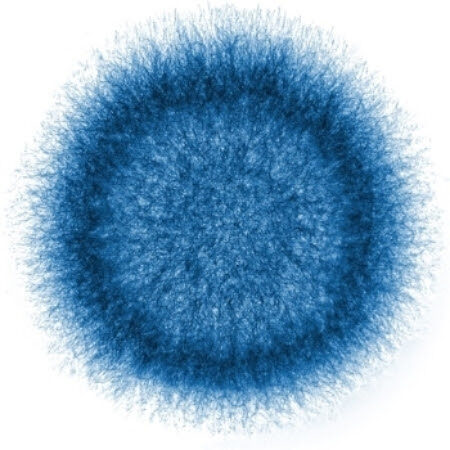
Penicillium mold is often characterized by its fuzzy texture and green, blue, or white color. Whether you’re a homeowner concerned about indoor air quality or a business owner looking to maintain a safe environment, understanding Penicillium mold is crucial. Our expert team is here to help you identify, manage, and eliminate Penicillium mold effectively, ensuring a healthy and safe space for everyone.
Penicillium is a genus of mold commonly found both indoors and outdoors. While some species of Penicillium are beneficial in the production of antibiotics like penicillin and certain cheeses, others can pose significant health risks and structural issues when they proliferate in indoor environments.
Penicillium mold can colonize a variety of environments, particularly where moisture is prevalent. Understanding where it commonly occurs can aid in prevention and early detection.
Exposure to Penicillium mold can have various health implications, especially for sensitive individuals. It’s essential to address mold issues promptly to minimize these risks.
Early identification of Penicillium mold can prevent extensive damage and health issues. Here’s how you can recognize its presence:
Preventing Penicillium mold growth requires proactive measures to control moisture and maintain a clean environment. Here are some strategies to keep mold at bay:
Sometimes, mold problems are extensive and require professional intervention. Our team specializes in comprehensive mold assessment and remediation services to ensure complete eradication.
When it comes to dealing with Penicillium mold, expertise and thoroughness are paramount. Our company offers a range of services tailored to meet your specific needs:
Our certified inspectors use advanced equipment to detect mold presence and determine the extent of contamination.
We employ industry-leading techniques to safely and effectively remove Penicillium mold from your property.
Choosing the right partner for mold remediation is crucial for ensuring effective and lasting results. Here’s why our company stands out:
Penicillium mold can begin to reproduce within 24 to 48 hours in optimal conditions, making prompt action essential to prevent extensive growth.
Yes, Penicillium mold is often visible as fuzzy patches in green, blue, or white colors. However, some hidden mold may require professional inspection to detect.
While some individuals may experience allergic reactions or respiratory issues, prolonged exposure to certain Penicillium species can lead to more severe health problems.
The cost varies depending on the extent of the mold infestation, the area affected, and the specific services required. Contact us for a detailed estimate tailored to your situation.
Don’t let Penicillium mold compromise your health and property. Taking swift action can save you time, money, and stress in the long run. Our dedicated team is here to provide you with the expertise and support needed to tackle mold issues effectively.
Ready to take the next step in addressing Penicillium mold? Our friendly and knowledgeable team is here to assist you. Whether you need an inspection, remediation services, or have questions about mold management, we’re just a call or click away.
Penicillium mold may seem harmless at first glance, but its potential impact on health and property cannot be underestimated. By understanding its characteristics, recognizing the signs of its presence, and taking proactive measures, you can protect your environment from the adverse effects of mold. Trust our experienced team to provide you with the solutions you need for a mold-free, healthy space.
Ensure your home or business remains safe and mold-free. Reach out to our experts today to schedule an inspection or learn more about our comprehensive mold remediation services. Your health and peace of mind are our top priorities.



